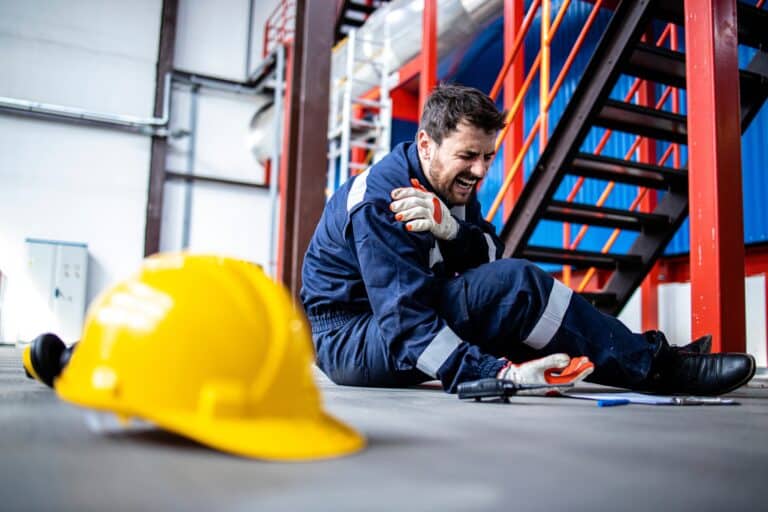Sitting rear-facing is simply the safest way to travel in a car.
Children in rear-facing seats are significantly safer than those in forward-facing seats. In fact, the risk of serious injury or fatality is eight times higher for forward-facing passengers. In addition, rear-facing seats are four times safer in side-impact crashes, which is the most dangerous type of collision.
60 to 80% of fatal collisions occur at the front or side of the vehicle, with only about 7% happening at the back. In a front-end collision, the driver moves forward towards the point of impact, while a rear-facing passenger falls backward into the car seat, diffusing crash forces and protecting their neck and spine.
Research has shown that rear facing is 500% safer until age two. However, did you know that the benefits continue beyond that? While the safety advantages of rear facing seats decrease with age, rear facing remains the safest option for passengers — even for adults.
Here’s why rear-facing seats are crucial for the safety of children and even older passengers.
Why should children use rear-facing car seats for as long as possible?
It’s important to note that children are not miniature adults — their bodies are structurally different and more vulnerable to severe injuries in car crashes.
Plus, up to 46% of car seats and booster seats are used incorrectly, putting children at risk on the road.
Here are some reasons to keep your child rear-facing for as long as possible:
- Rear-facing is the safest way for children to ride. Transitioning to a front facing seat too early will reduce crash protection, increasing the risk of spine and head injuries. Frontal impact tests reveal that strain on a child’s neck is four times higher when sitting forward-facing. Rear-facing seats distribute impact forces along the child’s back, minimizing strain on the head, neck, and torso.
- Newborns have heavy heads, making forward-facing dangerous. Underdeveloped spinal bones and ligaments increase the risk of paralysis or worse in a crash.
- Many car seat manufacturers offer seats that allow rear-facing until a child weighs 40 to 50 pounds. Using height and weight as guides, rather than age, is crucial when deciding to switch to a booster seat. Extended rear-facing has no harmful effects and offers significant benefits.
As a parent, keeping your child in a rear-facing car seat for as long as possible ensures their safety in case of a vehicle collision. Rushing the transition to a forward-facing seat can increase your child’s risk of traumatic injury.
How can adults ensure their safety as passengers?
While there has been discussion about putting rear-facing seats in vehicles, it is not a common industry practice — despite its safety benefits for passengers of all ages.
Since rear-facing seats for adults are not typically available in vehicles, here are some key steps to take to ensure the safety of adult passengers in the back seat.
- Understand the risks: Older adults in the back seat are particularly vulnerable to injury in a collision due to age-related bone weakening. Seat-belt injuries during a crash can pose a significant risk for seniors, with rib fractures potentially leading to internal organ injuries.
- Be aware of whiplash: During a frontal crash, all passengers will move toward the point of impact. While forward-facing in a car seat or seat belt, your upper body may be restrained by the chest strap, but your head will continue to move forward before snapping back. This rapid motion, known as whiplash, can cause soreness and more severe injuries. Fortunately, as an adult, your head only weighs about 6% of your body weight. This allows you to better withstand crash forces compared to a child.
- Buckle up: The risk of severe injury or death for unbelted rear-seat passengers far outweighs any potential injuries caused by seat belts. Seat belts also play a crucial role in preventing ejection during rollovers. Regardless of age, always wear your seat belt.










